Home>Furniture>Outdoor Furniture>How To Get Rid Of Flies On A Patio
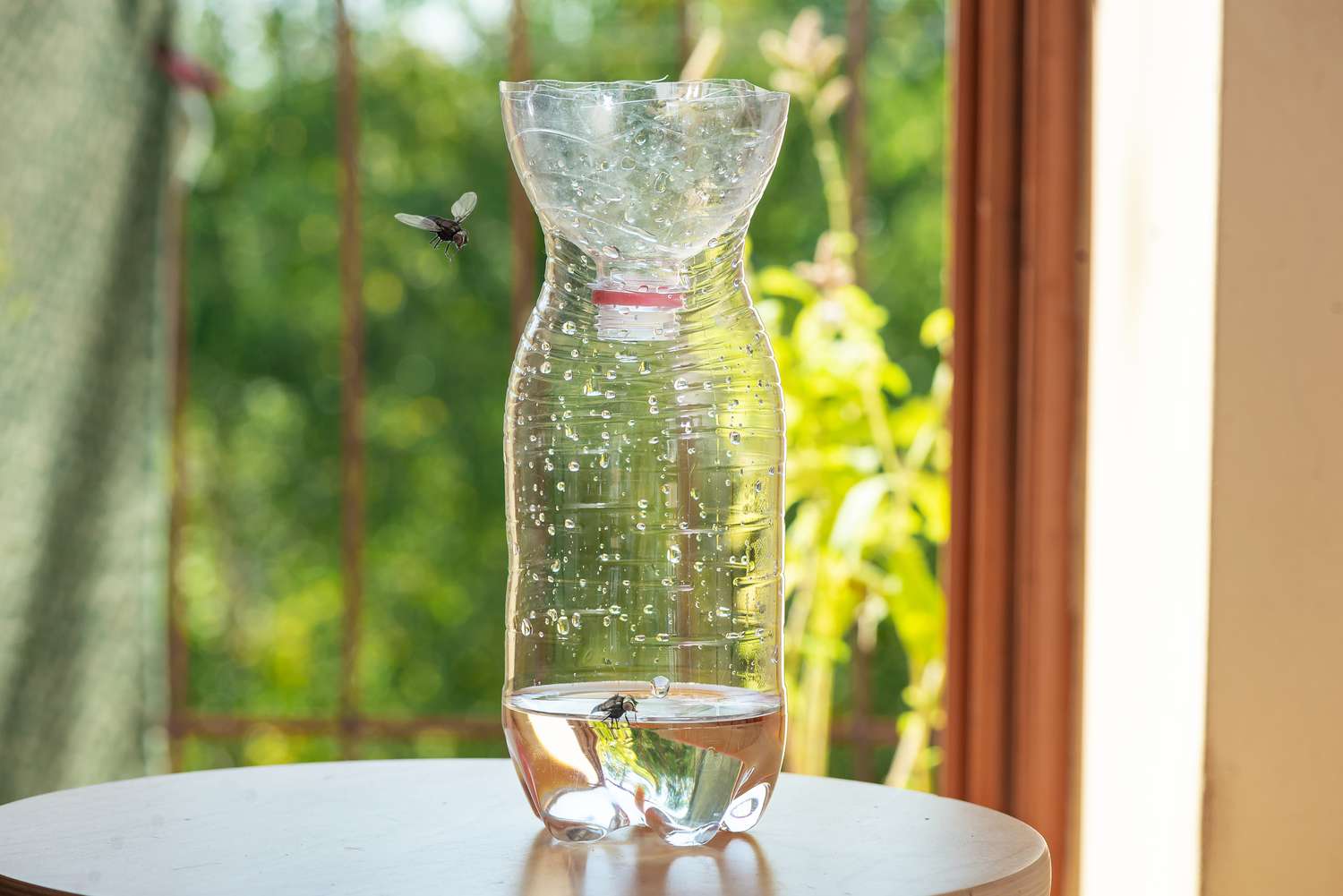

Outdoor Furniture
How To Get Rid Of Flies On A Patio
Modified: March 7, 2024
Learn effective methods to eliminate flies from your patio and enjoy your outdoor furniture without any hassle. Say goodbye to pesky flies and enjoy a fly-free environment!
(Many of the links in this article redirect to a specific reviewed product. Your purchase of these products through affiliate links helps to generate commission for Storables.com, at no extra cost. Learn more)
Introduction
When it comes to enjoying your outdoor patio, the last thing you want to deal with are pesky flies buzzing around. These annoying insects not only disrupt your relaxation time but can also be carriers of diseases. Getting rid of flies on a patio requires a proactive approach to ensure a fly-free environment for you and your guests.
Flies are attracted to patios for various reasons, including the presence of food, water sources, and favorable breeding conditions. Understanding the lifecycle of flies and the types of flies commonly found on patios can help you implement effective strategies for fly control.
While chemical sprays are an option for fly control, many people prefer to use natural methods to repel flies. These methods not only avoid the use of potentially harmful chemicals but also provide a safer environment for pets and children.
This article will guide you through both natural ways to repel flies from your patio and the use of chemical sprays for more severe infestations. Additionally, we will discuss some preventative measures to keep flies away from your outdoor space.
Key Takeaways:
- Keep your patio clean, remove standing water, use essential oils, and plant insect-repelling herbs to naturally repel flies and create a pleasant outdoor space.
- Install screen doors, use fans for airflow, and limit outdoor lighting to keep flies away and enjoy a comfortable, pest-free patio experience.
Read more: How To Get Rid Of Hover Flies On A Patio
Why Flies Are a Problem on Patios
Flies are not only a nuisance but also pose potential health risks when they infest your patio area. Here are some reasons why flies can become a problem on patios:
- Food Sources: Flies are attracted to the smell of food. Whether it’s a backyard barbecue, a picnic, or even crumbs left on outdoor furniture, flies will be drawn to any available food sources on your patio.
- Standing Water: Flies need water to survive and breed. If you have any standing water on your patio, such as in birdbaths, plant saucers, or puddles, flies will use it as a breeding ground.
- Garbage and Waste: Flies are attracted to garbage and decaying organic matter. If you have trash cans or compost bins near your patio, they can be a prime spot for flies to congregate and breed.
- Warmth and Shelter: Flies are more active in warm weather, so during the summer months, your patio can become an appealing spot for them to seek shelter and warmth.
- Reproduction: Flies have a quick breeding cycle, with females laying hundreds of eggs at a time. If there are optimal conditions on your patio for egg-laying, such as damp areas or decaying matter, the fly population can grow rapidly.
The presence of flies on your patio can have a negative impact on your outdoor experience. They can contaminate your food, create an unsanitary environment, and leave behind feces that can spread bacteria and diseases.
By understanding why flies are a problem on patios, you can take appropriate measures to prevent their infestation and enjoy a fly-free outdoor space.
Understanding the Lifecycle of Flies
In order to effectively control flies on your patio, it’s important to understand their lifecycle. Flies go through a complete metamorphosis, consisting of four distinct stages:
- Egg Stage: Adult female flies lay their eggs in suitable locations, such as decaying organic matter or moist areas. These eggs are often very small and can be difficult to detect.
- Larval Stage: After hatching from the eggs, the larvae, commonly known as maggots, emerge. They are legless, worm-like creatures that feed on decaying matter, such as food scraps or animal waste. The larvae go through several instar stages, growing larger and molting their skin each time.
- Pupal Stage: Once the larvae have finished feeding and reached their maximum size, they typically move to a drier area to pupate. During this stage, they form a protective casing around their body, called a pupa. Inside the pupa, the fly undergoes a transformation, eventually emerging as an adult fly.
- Adult Stage: The fully developed adult fly emerges from the pupa and begins its search for food, mates, and suitable breeding sites. The lifespan of an adult fly can vary depending on the species, ranging from a few days to several weeks.
This lifecycle can occur relatively quickly, with favorable conditions allowing flies to complete their journey from egg to adult in as little as a week. Understanding this lifecycle is crucial for effective fly control, as targeting each stage can help prevent the population from multiplying.
By disrupting the lifecycle of flies, you can significantly reduce their numbers on your patio. This can be achieved through regular cleaning and removal of potential breeding sites, as well as implementing natural or chemical repellents to deter adult flies.
Now that you have a better understanding of the lifecycle of flies, let’s explore some common types of flies you may encounter on your patio and how to deal with them.
Common Types of Flies Found on Patios
When it comes to patios, there are several types of flies that are commonly encountered. Each type of fly has its own behaviors, preferences, and potential health risks. Here are some of the most common types of flies found on patios:
- House Flies: House flies, known scientifically as Musca domestica, are perhaps the most familiar and widespread type of fly. They are gray in color with four black stripes on their thorax. House flies are attracted to food waste and garbage, and can quickly become a nuisance on your patio.
- Fruit Flies: Fruit flies, or Drosophila melanogaster, are small flies with a tan to reddish-brown color. They are attracted to ripe or decaying fruits and vegetables, as well as sugary liquids. Fruit flies can easily infest your patio if you have any overripe produce or open containers of juices or sodas.
- Drain Flies: Drain flies, also known as sink flies or sewer flies, belong to the family Psychodidae. They are small, dark-colored flies that are commonly found in moist or damp areas, such as drains, compost bins, or stagnant water. Drain flies can be a problem on patios with standing water or nearby drainage systems.
- Cluster Flies: Cluster flies, or Pollenia spp, are larger flies with a grayish-black color. They are known for forming clusters or swarms, particularly during the autumn season. Cluster flies are attracted to warm areas and may seek shelter on your patio as the weather cools down.
- Stable Flies: Stable flies, or Stomoxys calcitrans, are similar in appearance to house flies but have a distinctive piercing mouthpart called a proboscis. They are often found near livestock facilities or areas with animal waste. If you have pets or live near a farm, stable flies may find their way onto your patio.
Each of these fly species has its own preferences and habits, so understanding which type of fly you are dealing with can help you choose the most appropriate methods for fly control. Additionally, knowing the potential health risks associated with each type of fly can help you prioritize the need for effective fly removal.
Now that we have explored the common types of flies found on patios, let’s move on to natural ways to repel flies and keep your patio fly-free.
Natural Ways to Repel Flies
When it comes to repelling flies from your patio, many people prefer to use natural methods that are safe for themselves, their families, and the environment. These natural repellents can help deter flies without the need for harsh chemicals. Here are some effective natural ways to repel flies:
- Keep the Area Clean: Flies are attracted to food residue, so it’s important to keep your patio area clean and free of crumbs, spills, or leftover food. Regularly sweep or vacuum the patio surface and wipe down any tables or surfaces where food is prepared or consumed.
- Remove Standing Water: Flies require water sources for breeding. Check your patio and surrounding areas for any standing water, such as in plant saucers, bucket lids, or clogged gutters. Empty or clean these water sources to eliminate potential breeding grounds for flies.
- Use Essential Oils as Repellents: Certain essential oils are known for their repellent properties against flies. Peppermint oil, eucalyptus oil, and lavender oil are particularly effective. Dilute a few drops of these oils in water and spray them around your patio or use them in diffusers to repel flies.
- Hang Fly Traps or Sticky Strips: Fly traps or sticky strips can be hung around your patio to attract and catch flies. Look for non-toxic options that use natural bait or adhesives to capture the flies without the need for chemicals.
- Plant Insect-Repelling Herbs: Many herbs are known for their insect-repelling properties, including flies. Planting herbs such as basil, rosemary, mint, and lavender near your patio can help deter flies. These herbs can also add a pleasant aroma to your outdoor space.
It’s important to note that natural repellents may not provide complete eradication of flies, especially in severe infestations. However, they can significantly reduce the number of flies and make your patio less appealing to these pesky insects.
By implementing these natural ways to repel flies, you can create a more enjoyable and fly-free environment on your patio. However, if natural methods don’t provide sufficient control, you may need to resort to chemical sprays for more intensive fly control, as we will discuss in the next section.
Read more: How To Get Rid Of Outdoor Flies
Keep the Area Clean
One of the most effective ways to repel flies from your patio is to keep the area clean. Flies are attracted to food residue and decaying organic matter, so maintaining a clean environment can make your patio less appealing to these pesky insects. Here are some tips to keep your patio clean:
- Sweep and Clean Regularly: Make it a habit to sweep or brush off your patio surface regularly to remove any food crumbs or debris that may attract flies. Use a broom or brush to sweep away dirt, leaves, and other organic matter that could be potential food sources for flies.
- Wipe Down Surfaces: Clean and wipe down tables, chairs, and any other surfaces where food is prepared or consumed. Use a mild detergent or soap and water to remove any food residue or spills that could attract flies.
- Dispose of Garbage Properly: Flies are highly attracted to garbage and decaying waste. Make sure to have tightly sealed garbage bins or containers and dispose of the garbage regularly. Keep the bins away from your patio area to minimize fly activity.
- Cover Food and Store Properly: When enjoying meals or snacks on your patio, cover any leftover food or store it in airtight containers. Flies are attracted to uncovered food, so by keeping it covered or properly stored, you can reduce their interest in your patio.
- Clear Away Pet Waste: If you have pets that use the patio area, promptly clean up their waste. Flies are attracted to animal waste, so removing it quickly will discourage fly infestations.
By taking these simple steps to keep your patio clean, you can eliminate potential food sources and breeding grounds for flies. This will make your patio less attractive to these pests and help in repelling them naturally.
In addition to keeping the patio clean, it’s also important to address any standing water on or around your patio, as this can be a breeding ground for flies. Removing standing water and maintaining proper drainage will further discourage flies from infesting your outdoor space.
Now that we’ve covered the importance of keeping the patio clean, let’s explore the second natural way to repel flies: removing standing water.
Remove Standing Water
Removing standing water from your patio and its surroundings is an important step in repelling flies. Flies need water to survive and breed, so eliminating their water sources can significantly reduce their presence on your patio. Here’s how you can effectively remove standing water:
- Check and Empty Containers: Inspect your patio and nearby areas for any containers, such as plant saucers, buckets, or water dishes, that may collect water. Empty these containers regularly or store them upside down to prevent water accumulation.
- Clean Gutters and Downspouts: Make sure your gutters and downspouts are clear of any debris or blockages that could lead to water pooling around your patio. This will prevent stagnant water from becoming a breeding ground for flies.
- Fix Leaks and Drainage Issues: Check for any leaks or drainage issues that may be causing water to accumulate on your patio. Repair any leaks in hoses or outdoor faucets, and ensure that proper drainage systems are in place to prevent water from pooling.
- Keep Birdbaths and Fountains Clean: If you have a birdbath or fountain on your patio, regularly clean and maintain it to prevent stagnant water buildup. Change the water frequently and scrub the surfaces to remove algae or debris that may attract flies.
- Consider Mosquito Dunks: If you have a pond, large water feature, or areas with persistent standing water, consider using mosquito dunks. These biological controls contain bacteria that target and kill mosquito larvae, which can also help reduce fly populations.
By removing standing water from your patio area, you eliminate potential breeding sites for flies. This significantly reduces their ability to reproduce and multiply, making your patio a less attractive environment for them.
Remember to regularly inspect your patio and its surroundings for any new sources of standing water, as even small amounts can be enough for flies to lay their eggs. By maintaining a dry environment, you can effectively repel flies and enjoy a fly-free patio.
Next, we’ll discuss using essential oils as natural repellents for flies on your patio.
Use Essential Oils as Repellents
Essential oils are an effective natural way to repel flies from your patio. Many essential oils have strong scents that flies find unpleasant, helping to deter them from landing and infesting your outdoor space. Here are some essential oils you can use as fly repellents:
- Peppermint Oil: Peppermint oil has a strong, refreshing scent that flies dislike. Mix a few drops of peppermint oil with water in a spray bottle and spritz it around your patio. You can also saturate cotton balls with peppermint oil and place them in areas where flies are commonly found.
- Eucalyptus Oil: Eucalyptus oil has a powerful aroma that repels flies. Combine a few drops of eucalyptus oil with water and use it as a spray on your patio surfaces. Additionally, you can soak a cloth or sponge in eucalyptus oil and place it near windows and doorways to deter flies from entering your patio.
- Lavender Oil: Lavender oil not only has a pleasant floral scent but also acts as a natural fly repellent. You can use it in the same way as peppermint and eucalyptus oil, either as a spray or by placing cotton balls soaked in lavender oil around your patio.
- Citronella Oil: Citronella oil is well-known for its mosquito-repelling properties, but it can also help in repelling flies. Use citronella oil candles or torches on your patio to create a barrier against flies. You can also add a few drops of citronella oil to a diffuser or spray it mixed with water around your patio area.
- Lemongrass Oil: Lemongrass oil has a citrusy scent that flies find displeasing. Use it in the same manner as the other essential oils mentioned above, either as a spray or by placing cotton balls soaked in lemongrass oil around your patio.
When using essential oils, it’s essential to dilute them properly and follow the instructions provided with the specific oil you are using. Additionally, it’s recommended to test a small area before applying the oil to the entire patio to ensure that it does not cause any damage or discoloration.
Essential oils provide a natural and pleasant-smelling way to repel flies from your patio. Experiment with different oils to find the scents that work best for you and your outdoor space. Now that we’ve covered essential oils as fly repellents, let’s move on to the next method: hanging fly traps or sticky strips.
Hang Fly Traps or Sticky Strips
Hanging fly traps or sticky strips is an effective method to catch and control flies on your patio. These traps work by attracting flies and trapping them, preventing them from buzzing around and bothering you and your guests. Here’s how you can use fly traps and sticky strips:
- Fly Traps: Fly traps are designed to attract flies with bait and lure them into a container or bag. You can find various types of fly traps, including ones that use natural baits or pheromones to attract specific fly species. Hang the traps in areas where flies are typically concentrated, such as near garbage cans, compost bins, or outdoor dining areas. Follow the manufacturer’s instructions for proper placement and disposal of the fly traps.
- Sticky Strips: Sticky strips, also known as fly ribbons or fly paper, are adhesive strips that attract and trap flies when they land on them. Hang the sticky strips around your patio, focusing on areas where flies are commonly seen, such as near doorways or windows. Make sure to place the strips out of reach of children and pets, as they can be harmful if touched or ingested.
When using fly traps or sticky strips, it’s important to follow the instructions provided with the product and regularly check and replace them as needed. Flies are attracted to the scent or visual cues of the traps, making them an effective way to capture and control fly populations on your patio.
Keep in mind that fly traps and sticky strips may not completely eliminate flies from your patio, especially if there are sources of food or breeding sites nearby. However, incorporating them as part of your fly control strategy can help reduce the overall fly population and make your patio more enjoyable.
Now that we’ve covered the use of fly traps and sticky strips, let’s move on to the next natural method: planting insect-repelling herbs on your patio.
Read more: How To Get Rid Of Flies In The Attic
Plant Insect-Repelling Herbs
Planting insect-repelling herbs on your patio is not only a natural way to add beauty and fragrance to your outdoor space, but it can also help in repelling flies. Many herbs have strong scents that flies find unpleasant, acting as a deterrent to keep them away. Here are some insect-repelling herbs you can consider planting on your patio:
- Basil: Basil is not only a popular culinary herb but also an effective insect repellent. Its strong aroma helps to repel flies and other pests. Plant basil in pots or containers on your patio and place them strategically near seating and dining areas to deter flies.
- Rosemary: Rosemary is a fragrant herb that flies find unappealing. Its woody scent is known to repel flies and other insects. Plant rosemary bushes in pots or in the ground on your patio to create a natural barrier and discourage flies from lingering around.
- Mint: Mint has a refreshing scent that flies dislike. Plant varieties such as spearmint or peppermint in containers on your patio. The strong aroma will help deter flies and keep your outdoor space smelling fresh.
- Lavender: Lavender not only produces beautiful purple flowers but also acts as a natural fly repellent. Flies find the scent of lavender overwhelming and tend to avoid areas where it is planted. Add pots or plant lavender in your garden beds on the patio to take advantage of its fly-repelling properties.
- Lemon Balm: Lemon balm has a citrusy aroma that flies find unappealing. Plant it in pots or as a border around your patio to create a natural deterrent for flies. Lemon balm also has the added benefit of attracting pollinators like bees and butterflies.
These insect-repelling herbs not only repel flies but also have many other benefits. They can enhance your patio’s aesthetics, provide fresh herbs for cooking, and attract beneficial insects. Make sure to provide the herbs with proper sunlight and water and regularly harvest and use the leaves to keep them healthy and thriving.
While planting insect-repelling herbs can help deter flies, it’s important to note that their effectiveness may vary depending on factors such as the specific herb species, growing conditions, and fly population in your area. Combine herb planting with other natural fly repellent methods for a comprehensive approach to fly control on your patio.
Now that we’ve explored natural ways to repel flies on your patio, let’s move on to the use of chemical sprays for more severe fly infestations.
Keep your patio clean and free of food and garbage. Use fly traps or citronella candles to deter flies. Consider installing a screen or netting to keep flies out.
Using Chemical Sprays for Fly Control
While natural methods are effective for repelling flies on your patio, severe fly infestations may require the use of chemical sprays for more intensive control. Chemical sprays can help eliminate adult flies and disrupt their breeding cycle, providing a more immediate solution to your fly problem. Here are some common types of chemical sprays used for fly control:
- Insecticide Sprays: Insecticide sprays formulated specifically for flies can be effective in killing adult flies on contact. These sprays typically contain pyrethroids or other insecticidal compounds that target flies. Follow the instructions on the product label carefully and apply the spray as directed, focusing on areas where flies are commonly seen or congregating.
- Foggers or Misters: Foggers or misters release a fine spray of insecticide into the air, covering a large area quickly. They are effective for outdoor use and can help eliminate flies in the surrounding space, including your patio. However, ensure that you follow the instructions and safety precautions provided by the manufacturer to avoid any adverse effects on humans, pets, or beneficial insects.
- Electrocuting Devices: Electrocuting devices, such as bug zappers or electric fly swatters, use UV light or electric currents to attract flies and zap them on contact. These devices can be useful for controlling flies on your patio, but they may also attract and kill beneficial insects. Place them away from seating and dining areas to reduce any nuisance or disturbance caused by the zapping noise.
When using chemical sprays for fly control, it’s important to prioritize safety. Read and follow the instructions provided with the product carefully, wear appropriate protective gear, and keep children and pets away from treated areas. If you have a severe fly infestation or are unsure about which chemical spray to use, consider consulting a professional pest control service for expert advice and assistance.
While chemical sprays can provide effective short-term results, it’s essential to address the underlying factors that attract flies to your patio. Implement preventative measures to minimize fly breeding and infestation, ensuring a long-term solution for a fly-free outdoor space.
Now that we’ve covered using chemical sprays for fly control, let’s move on to discussing preventative measures to keep flies away from your patio.
Insecticide Sprays
Insecticide sprays are a commonly used method for controlling flies on your patio. These sprays contain specific chemicals formulated to target and eliminate flies, providing a more immediate solution to your fly problem. Here’s what you need to know about using insecticide sprays for fly control:
Effectiveness: Insecticide sprays designed for flies can be highly effective in killing adult flies on contact. These sprays typically contain pyrethroids or other insecticidal compounds that target flies specifically, making them a powerful tool in fly elimination.
Application: When using insecticide sprays, it’s important to carefully read and follow the instructions provided by the manufacturer. Shake the spray bottle well before use and apply the spray directly onto the flies or their resting areas. Focus on areas where flies are commonly seen, such as around windows, doors, garbage cans, or other areas with high fly activity.
Safety Precautions: It’s crucial to prioritize safety when using insecticide sprays. Wear protective gloves, long sleeves, and long pants to minimize skin exposure to the chemicals. Remove any food, dishes, or utensils from the patio before applying the spray. Keep children and pets away from treated areas until the spray has dried completely. Additionally, carefully read and follow any specific precautions mentioned on the product label.
Environmental Impact: Insecticide sprays can have an impact on the environment, particularly insects other than flies. Ensure that you use fly-specific sprays and avoid spraying in areas where beneficial insects, such as bees or butterflies, may be affected. Use sprays sparingly and only in areas where fly infestations are severe, focusing on targeted application rather than widespread coverage.
Limitations: Insecticide sprays primarily target adult flies and may not be as effective against fly eggs, larvae, or pupae. To achieve long-term fly control, it’s important to address the underlying breeding grounds and implement preventative measures alongside insecticide use.
When used correctly and in conjunction with other fly control methods, insecticide sprays can provide an effective solution for controlling fly infestations on your patio. However, if you have a severe or persistent fly problem or are uncertain about the appropriate use of insecticides, it is recommended to consult a professional pest control service for expert guidance.
Now that we’ve covered insecticide sprays, let’s move on to discussing other methods of chemical fly control, such as foggers or misters.
Foggers or Misters
Foggers or misters are effective tools for controlling flies on your patio, especially when dealing with larger outdoor spaces or more severe fly infestations. These devices release a fine spray of insecticide into the air, covering a wide area and reaching areas that may be difficult to access manually. Here’s what you need to know about using foggers or misters for fly control:
Application: Foggers and misters are typically designed to be used outdoors. Follow the manufacturer’s instructions carefully for proper usage. Set up the device in a central location on your patio, taking into consideration wind direction and any areas you want to specifically target for fly control.
Effectiveness: Foggers and misters release a fog or mist of insecticide, which can quickly disperse and cover a large area. This method is particularly effective for outdoor spaces with dense fly populations or when dealing with a severe fly infestation. The insecticide in the fog or mist kills flies on contact, providing immediate control.
Safety Precautions: It’s vital to prioritize safety when using foggers or misters. Always read and follow the instructions provided by the manufacturer. Wear protective clothing, including gloves and a mask, to minimize exposure to the insecticide. Keep children and pets away from the treated area until the fog or mist has dissipated and the area is safe for use. Ventilate the area after fogging to remove any residual chemicals.
Environmental Impact: Foggers and misters release insecticides into the environment, which can have an impact on both targeted and non-targeted insects. Take precautions to avoid spraying near flowering plants or areas where beneficial insects, such as bees or butterflies, may be affected. Be conscious of the potential environmental impact and use foggers or misters sparingly and as a last resort when natural or other chemical control methods have been ineffective.
Limitations: While foggers and misters can provide broad coverage and quick results, they may not fully eliminate all stages of the fly lifecycle. It’s important to combine fogging or misting with other control methods, such as removing breeding sources and practicing good sanitation, to achieve long-term fly control.
When used correctly and with caution, foggers or misters can be highly effective in controlling flies on your patio. However, it’s recommended to follow the instructions provided by the manufacturer and, if necessary, seek professional advice to ensure proper application and minimize any potential risks.
Now that we’ve covered foggers or misters, let’s move on to discussing another method of chemical fly control: electrocuting devices.
Read more: How To Get Rid Of Sink Flies
Electrocuting Devices
Electrocuting devices, such as bug zappers or electric fly swatters, are an option for controlling flies on your patio. These devices work by attracting flies to a light source and then delivering an electric shock that kills them on contact. Here’s what you need to know about using electrocuting devices for fly control:
Bug Zappers: Bug zappers are equipped with a UV light that attracts flying insects, including flies. When a fly makes contact with the device, it completes an electrical circuit, resulting in an electric shock that kills it. Bug zappers are suitable for outdoor use and can help reduce fly populations on your patio. However, keep in mind that bug zappers may also attract and kill beneficial insects, so it’s important to place them away from seating and dining areas.
Electric Fly Swatters: Electric fly swatters are hand-held devices that deliver an electric shock when you swipe them at flies. They are convenient for immediate fly control and can be used on your patio. However, make sure to follow the manufacturer’s instructions and handle them with caution to avoid accidental shocks or injury.
Effectiveness: Electrocuting devices can be effective in quickly eliminating individual flies. The UV light or electric current attracts flies, luring them away from you and your guests. Once the flies come into contact with the device, they are killed instantly, providing immediate relief from annoying fly activity.
Safety Precautions: When using electrocuting devices, it’s important to prioritize safety. Keep these devices out of reach of children and pets to prevent accidental contact. Place bug zappers away from areas where people are likely to be present, as the sound of flies being zapped can be disruptive. Follow the manufacturer’s instructions carefully and use these devices responsibly and with caution.
Limitations: While electrocuting devices can effectively reduce fly populations, they are best used as part of a comprehensive fly control strategy. They may not be sufficient on their own to eliminate all flies, as they primarily target individual insects rather than addressing breeding sites or attracting flies from a larger area.
When used appropriately, electrocuting devices can be a useful tool for controlling flies on your patio. However, it’s important to remember that they primarily target adult flies and may not address the root causes of the infestation. Incorporating other fly control methods, such as sanitation practices, natural repellents, or chemical sprays, can enhance the effectiveness of your fly control efforts.
Now that we’ve covered electrocuting devices, let’s move on to discussing preventative measures you can take to keep flies away from your patio.
Preventative Measures to Keep Flies Away
Prevention is key when it comes to keeping flies away from your patio. By implementing these proactive measures, you can create an environment that is less attractive to flies and minimize their presence. Here are some preventative measures you can take to keep flies away:
- Install Screen Doors or Window Screens: Install screen doors or window screens to prevent flies from entering your patio. Make sure all screens are intact and free from any holes or tears that may allow flies to sneak in.
- Use Fans to Create Airflow: Flies are deterred by moving air. Install fans on your patio to create a breeze. This will make it more difficult for flies to fly and land, reducing their presence. Position the fans strategically to cover the seating and dining areas.
- Limit Outdoor Lighting at Night: Outdoor lighting at night can attract flies. Use yellow or sodium vapor lights instead of regular white lights, as they are less attractive to flies. Consider using motion-sensor lights to minimize their usage and only illuminate the patio when necessary.
- Maintain Proper Garbage Management: Flies are drawn to garbage and decaying organic matter. Ensure that all garbage cans have tight-fitting lids and are regularly emptied and cleaned. Keep your garbage cans away from the patio area to discourage flies from congregating around them.
- Remove Potential Breeding Sites: Regularly inspect your patio and surrounding areas for any standing water, as it can serve as a breeding ground for flies. Empty and clean birdbaths, plant saucers, and any containers that collect water. Keep gutters and downspouts clear to prevent water from accumulating.
- Practice Good Sanitation: Proper cleanliness and hygiene play a crucial role in fly prevention. Clean up food spills promptly, regularly sweep or vacuum the patio area, and wipe down surfaces to remove any food residue. Clean pet waste immediately to reduce fly attraction.
- Utilize Natural Repellents: Implement natural fly repellents, such as essential oils or insect-repelling herbs, to make your patio less appealing to flies. Consider planting herbs like basil, rosemary, or mint, which not only repel flies but also add a pleasant aroma to your outdoor space.
By taking these preventative measures, you can create an environment that is less conducive to fly infestations. However, it’s important to note that no method is foolproof, and occasional flies may still be present. By combining these preventative measures with other fly control strategies, such as natural repellents or chemical sprays, you can further minimize fly populations on your patio.
Remember to regularly inspect and maintain your patio to ensure that these preventative measures remain effective. By staying proactive and vigilant, you can enjoy a fly-free patio environment and make the most of your outdoor space.
Now that we’ve covered preventative measures, let’s conclude our discussion on keeping flies away from your patio.
Install Screen Doors or Window Screens
One of the most effective ways to keep flies away from your patio is by installing screen doors or window screens. These physical barriers create a barrier between your patio and the outside environment, preventing flies from entering and infesting your space. Here’s why installing screen doors or window screens is important:
Blocks Fly Entry: Flies are adept at finding their way into homes and patio areas through open doors and windows. By installing screen doors or window screens, you create a barrier that blocks their entry. The small holes in the screens allow fresh air to flow in while keeping flies and other insects out. This helps maintain a fly-free and comfortable environment on your patio.
Allows Ventilation: Screen doors and window screens allow for proper ventilation on your patio. They enable you to keep the doors and windows open, letting in fresh air and natural light while preventing flies from gaining access. This allows you to enjoy the outdoors without compromising on comfort or exposing yourself to the annoyance of flies.
Keeps Other Insects Out: In addition to flies, screens also serve as a barrier against other flying insects like mosquitoes, gnats, and wasps. This is particularly beneficial if you live in areas where these insects are prevalent. By keeping these pests at bay, screens contribute to a more enjoyable and pest-free outdoor experience.
Enhances Safety: Screen doors and window screens not only keep flies out but also provide an additional layer of security for your patio. They act as a deterrent, preventing unauthorized access and offering a level of protection from potential intruders. This added peace of mind allows you to relax and enjoy your patio space without worrying about unwanted visitors.
Maintains Visibility: Installing screens does not mean compromising on the view. Screens are designed to be transparent, allowing for clear visibility from your patio to the outside. You can still enjoy the scenic beauty of your surroundings while keeping flies and other pests outside.
Easy to Install and Maintain: Installing screen doors or window screens is a relatively straightforward process. There are many DIY options available, or you can hire professionals for installation. Once installed, screens are easy to maintain and can be cleaned periodically with mild soap and water to ensure their effectiveness in keeping flies out.
By installing screen doors or window screens, you create a barrier that effectively keeps flies and other flying insects out of your patio. This allows you to enjoy a fly-free and comfortable space, enhancing your outdoor experience. Whether you’re enjoying a meal, relaxing with a book, or entertaining guests, screen doors or window screens play a vital role in maintaining a pest-free environment on your patio.
Now that we’ve covered the importance of installing screen doors or window screens, let’s move on to discussing the next preventative measure: utilizing fans to create airflow on your patio.
Use Fans to Create Air Flow
Using fans to create airflow on your patio is a simple yet effective way to keep flies at bay. Flies are deterred by moving air, and fans can help create an environment that makes it difficult for flies to fly, land, and stay. Here’s why using fans to create air flow is an important measure in preventing flies on your patio:
Disrupts Fly Flight: Flies have delicate flight patterns, and they struggle to fly against strong airflow. By strategically placing fans on your patio, you can create a breeze that makes it challenging for flies to maneuver and land. This disruption to their flight pattern discourages flies from lingering in your outdoor space.
Reduces Attractiveness: Flies are attracted to still air, especially in warm and stagnant environments. By using fans to generate air movement, you create an environment that is less appealing to flies. Moving air makes it less comfortable for flies to settle, reducing their attraction to your patio area.
Enhances Comfort: Fans not only deter flies but also provide a cooling effect on your patio. Particularly on hot summer days, the breeze created by fans can make your outdoor space more comfortable for you and your guests. This added comfort allows you to enjoy your patio without the annoyance of flies and other flying insects.
Expands Outdoor Usability: By using fans to create airflow, you can extend the usability of your patio during times when flies are most active. Whether you’re hosting a gathering, having a meal, or simply relaxing outdoors, the presence of fans helps to create a fly-free zone, ensuring a more pleasant and enjoyable experience.
Placement and Fan Size: To effectively create airflow on your patio, consider the placement and size of fans. Position fans strategically to cover the seating and dining areas, as well as any other areas with high fly activity. Additionally, choose fans that are suitable for outdoor use and are appropriately sized to generate sufficient airflow for your patio space.
Natural and Energy-Efficient: Utilizing fans to create air flow is a natural and energy-efficient method of fly prevention. Fans consume less energy compared to other electrical devices, making them a cost-effective and eco-friendly solution for fly control on your patio. You can even opt for solar-powered or battery-operated fans to minimize energy consumption.
By using fans to create air flow on your patio, you not only deter flies but also enhance your comfort and extend the usability of your outdoor space. This simple and effective measure makes your patio less inviting to flies, allowing you to enjoy a fly-free environment and make the most of your outdoor activities.
Now that we’ve covered the use of fans for air flow, let’s move on to discussing another preventative measure: limiting outdoor lighting at night.
Read more: How To Get Rid Of Flies On Porch
Limit Outdoor Lighting at Night
Limiting outdoor lighting at night is a preventive measure that can help reduce the presence of flies on your patio. Flies are often attracted to light sources, especially during the evening and nighttime hours. By implementing measures to control and limit outdoor lighting, you can create a less enticing environment for flies. Here’s why limiting outdoor lighting at night is an effective measure in fly prevention:
Minimizes Attraction: Outdoor lighting, particularly bright and white lights, can attract flies. Flies are naturally drawn to sources of light, which can include patio lights, porch lights, or other outdoor fixtures. By limiting the use of outdoor lighting or using alternative lighting strategies, you can reduce the attractiveness to flies and discourage their presence on your patio.
Yellow or Sodium Vapor Lights: If you need to use outdoor lighting at night, consider opting for yellow or sodium vapor lights instead of regular white lights. Flies are less attracted to these types of lights compared to bright white lights. Using yellow or sodium vapor lights can help reduce the fly activity around your patio.
Motion-Sensor Lights: Install motion-sensor lights rather than keeping outdoor lighting on continuously. Motion-sensor lights are triggered by movement and are only activated when someone enters the range of the sensor. This approach restricts the duration of the lighting and minimizes the chances of attracting flies throughout the night.
Strategic Placement: Consider the placement of outdoor lighting fixtures. Position lights away from seating and dining areas on your patio. Placing lights farther away from these areas can help draw flies away from the spaces where you and your guests spend the most time.
Install Timers or Dimmers: Installing timers or dimmers for outdoor lighting can allow you to have control over the duration and intensity of the lights. Set timers to turn off the lights after a certain period or adjust the dimmers to a lower setting. This way, you can minimize the amount of light emitted and reduce the attractiveness to flies.
Enhances Ambiance: Limiting outdoor lighting at night can also contribute to a more relaxing and peaceful ambiance on your patio. Dimmer lighting or softer illumination can create a cozy atmosphere for you and your guests to enjoy without the disturbance of flies buzzing around.
By limiting outdoor lighting at night or employing strategies to reduce the attractiveness to flies, you can create a less appealing environment for these pests. This measure, when combined with other fly prevention methods, helps to maintain a fly-free and enjoyable patio experience.
Now that we’ve discussed the importance of limiting outdoor lighting, let’s move on to concluding our discussion on fly prevention on your patio.
Conclusion
Flies can be a persistent nuisance on patios, disrupting our enjoyment of outdoor spaces. However, with the right preventative measures and proactive strategies, you can keep flies at bay and create a fly-free environment for you and your guests to relax and unwind. By implementing natural methods of repelling flies, such as keeping the area clean, removing standing water, using essential oils, hanging traps or sticky strips, and planting insect-repelling herbs, you can deter flies in an eco-friendly manner.
In more severe cases or persistent infestations, the use of chemical sprays, including insecticide sprays, foggers or misters, and electrocuting devices, can provide more intensive fly control. However, it is crucial to prioritize safety and minimize environmental impact when using these methods.
Alongside these direct fly control measures, taking preventative actions is essential. Installing screen doors or window screens keeps flies out while allowing fresh air to flow in. Using fans to create airflow not only disrupts fly flight but also enhances your comfort on the patio. By limiting outdoor lighting at night, you create a less attractive environment for flies to gather and reduce their presence.
Remember, fly prevention is an ongoing effort. Regular maintenance, such as cleaning, removing potential breeding sites, and practicing good sanitation, is crucial in keeping flies away. Combined with natural repellents, chemical sprays (if necessary), and the use of screens and fans, you can significantly minimize fly populations on your patio.
Creating a fly-free patio space contributes to a more enjoyable outdoor experience, allowing you to dine, entertain, and relax without the annoyance of flies. Whether you’re hosting a barbecue, enjoying a quiet evening, or simply basking in the beauty of nature, the implementation of preventive measures and the use of appropriate fly control methods will help you create a welcoming and pest-free patio environment.
So, follow these tips, stay proactive, and enjoy your fly-free outdoor oasis!
Frequently Asked Questions about How To Get Rid Of Flies On A Patio
Was this page helpful?
At Storables.com, we guarantee accurate and reliable information. Our content, validated by Expert Board Contributors, is crafted following stringent Editorial Policies. We're committed to providing you with well-researched, expert-backed insights for all your informational needs.
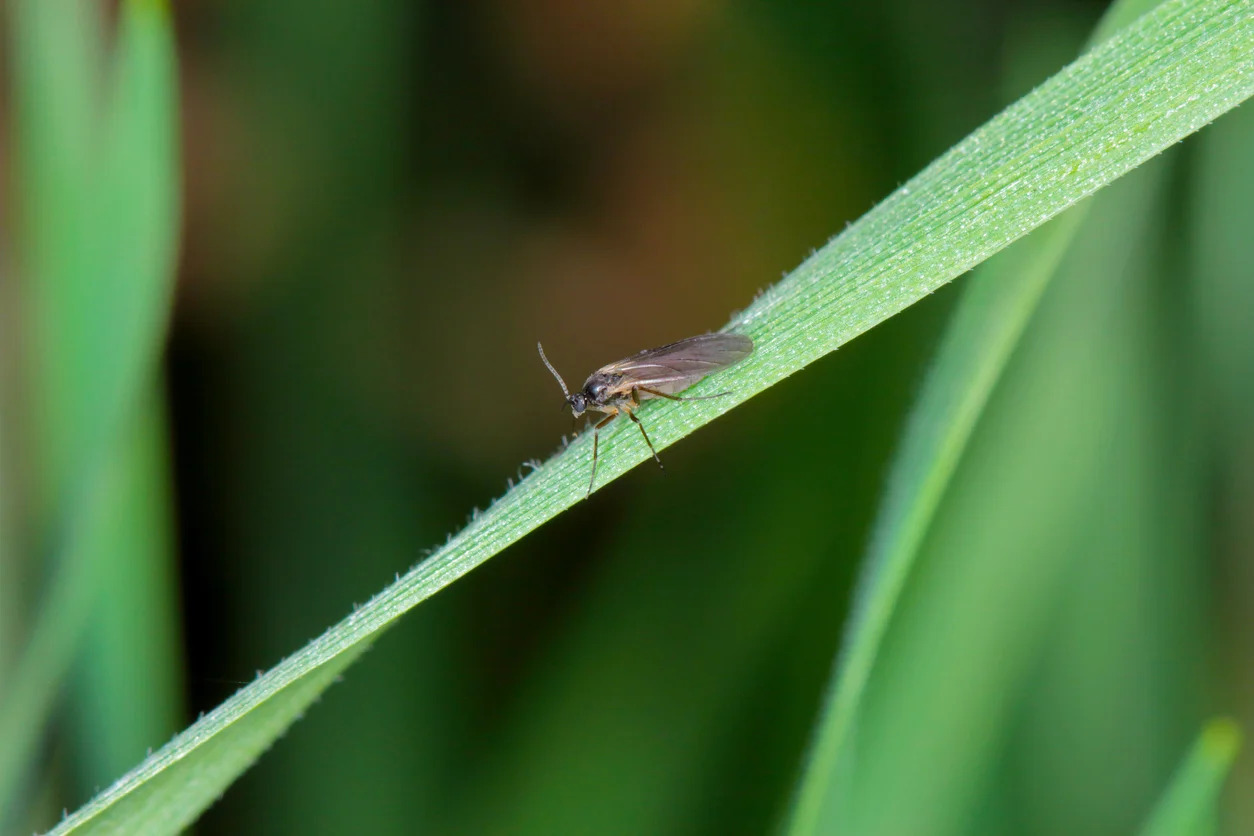
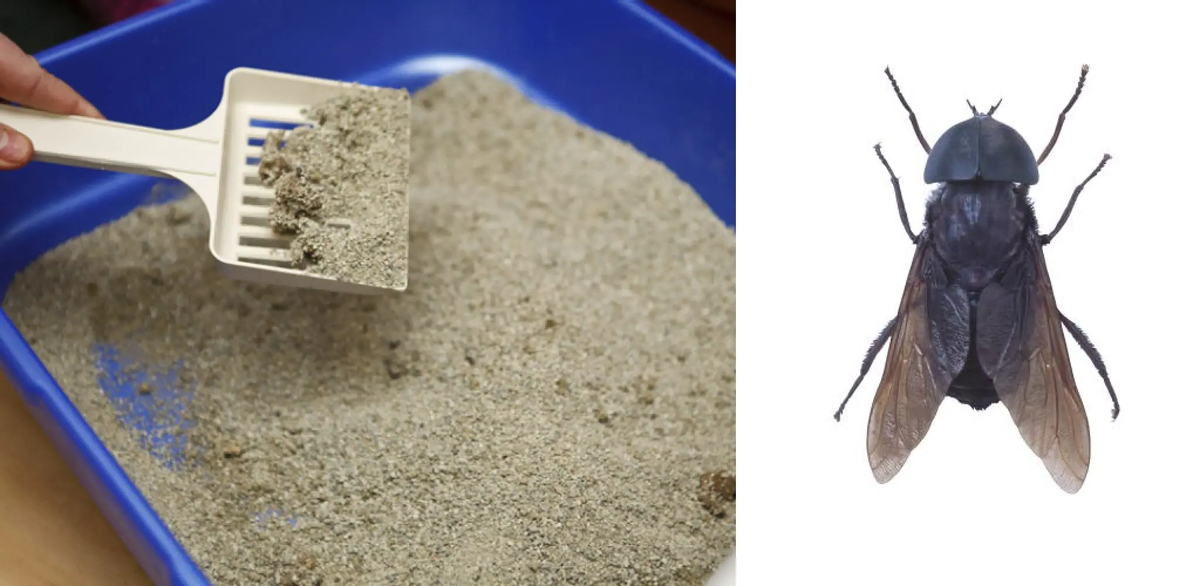
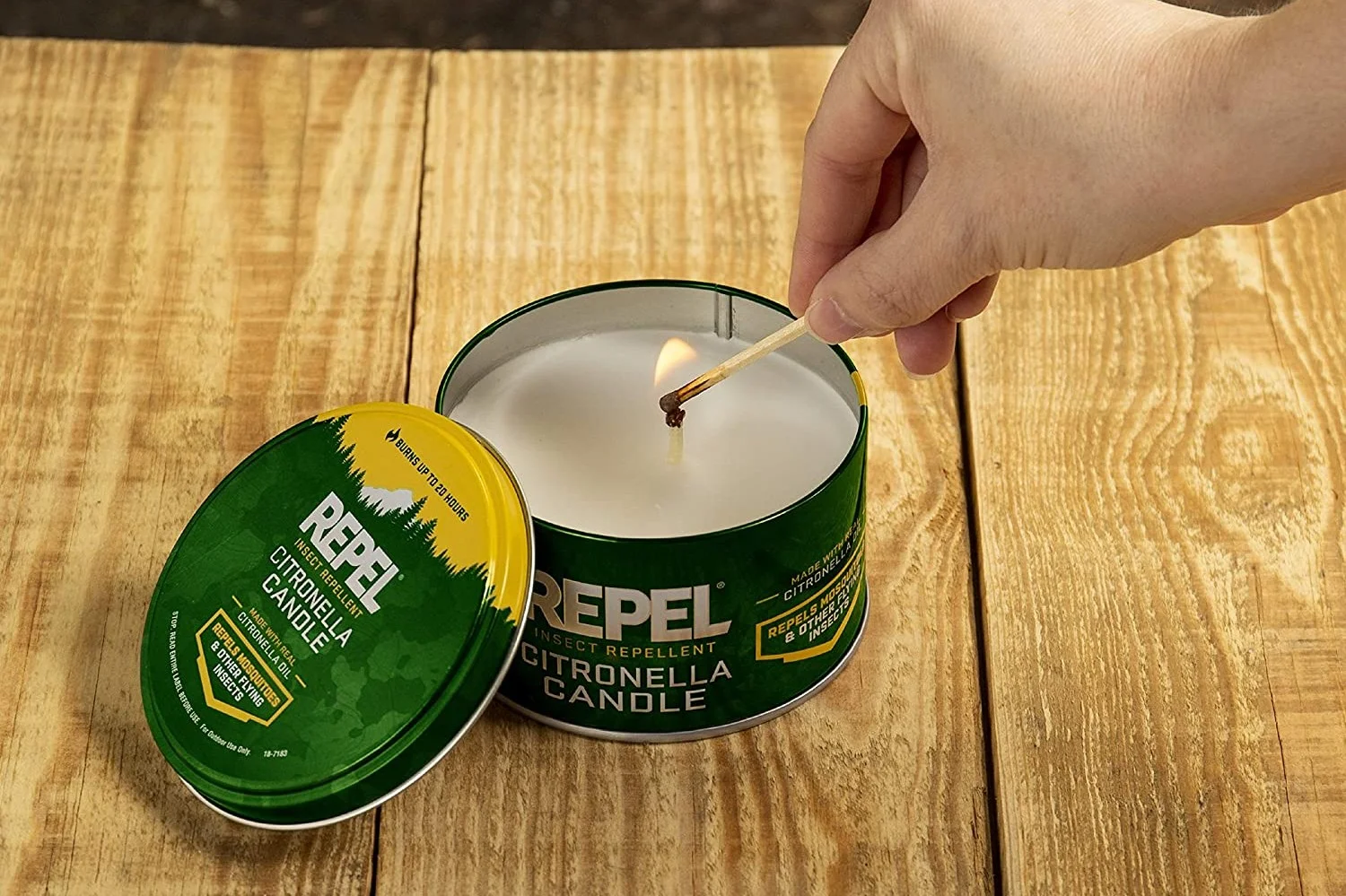
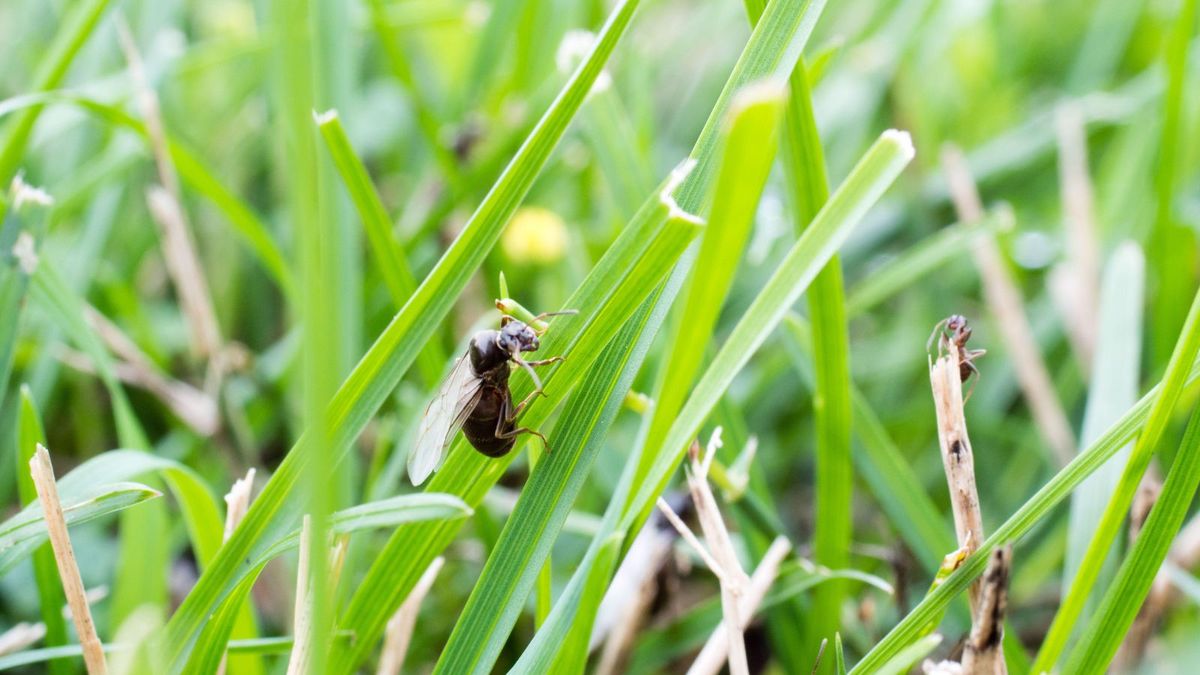
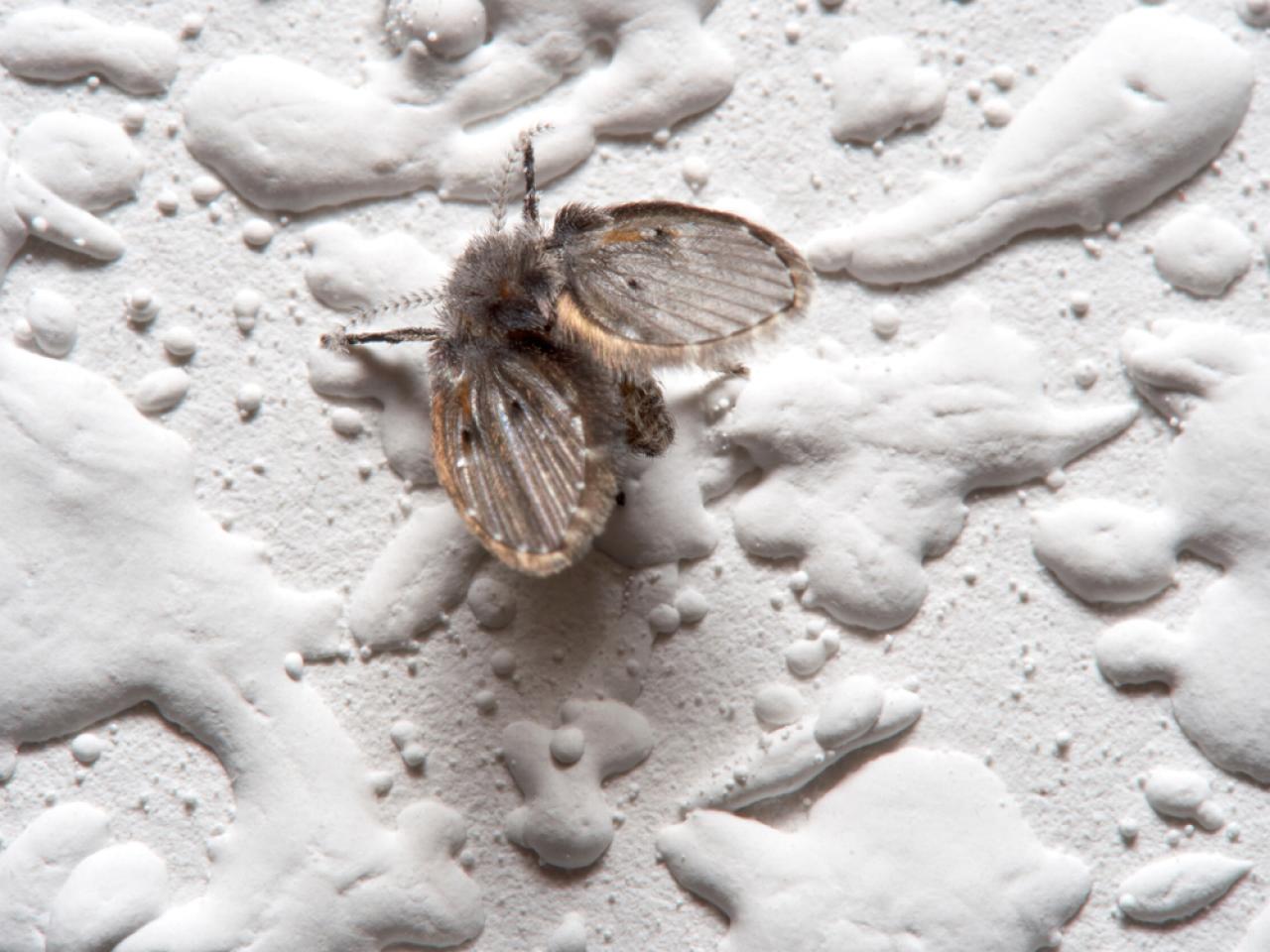
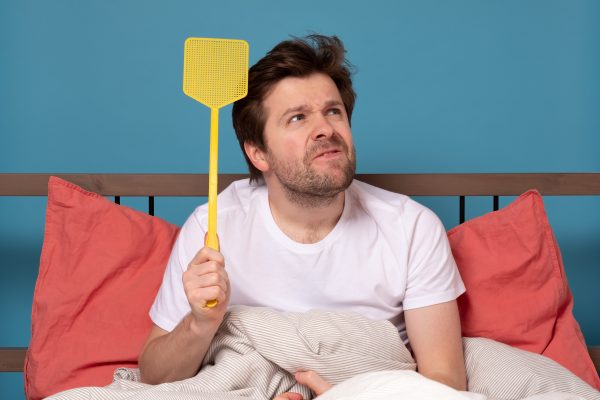

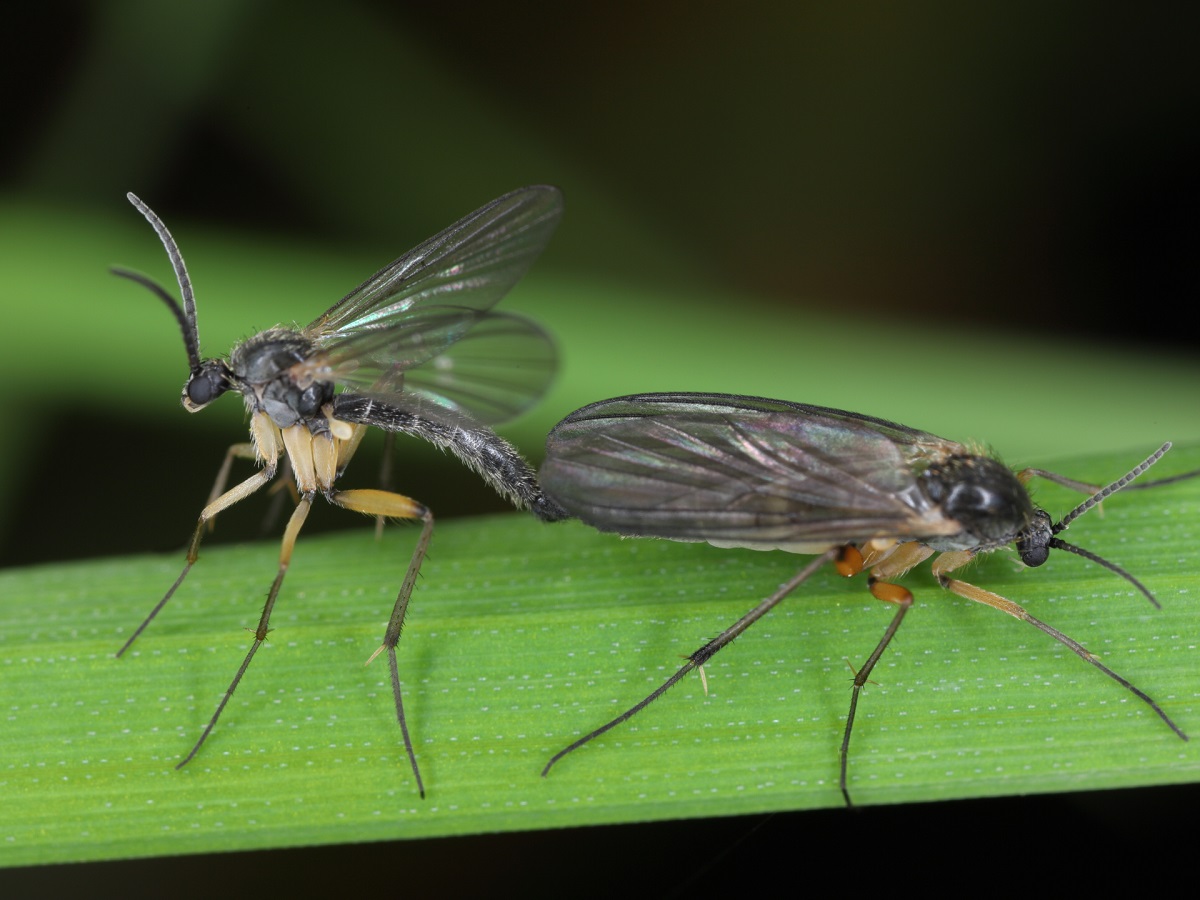

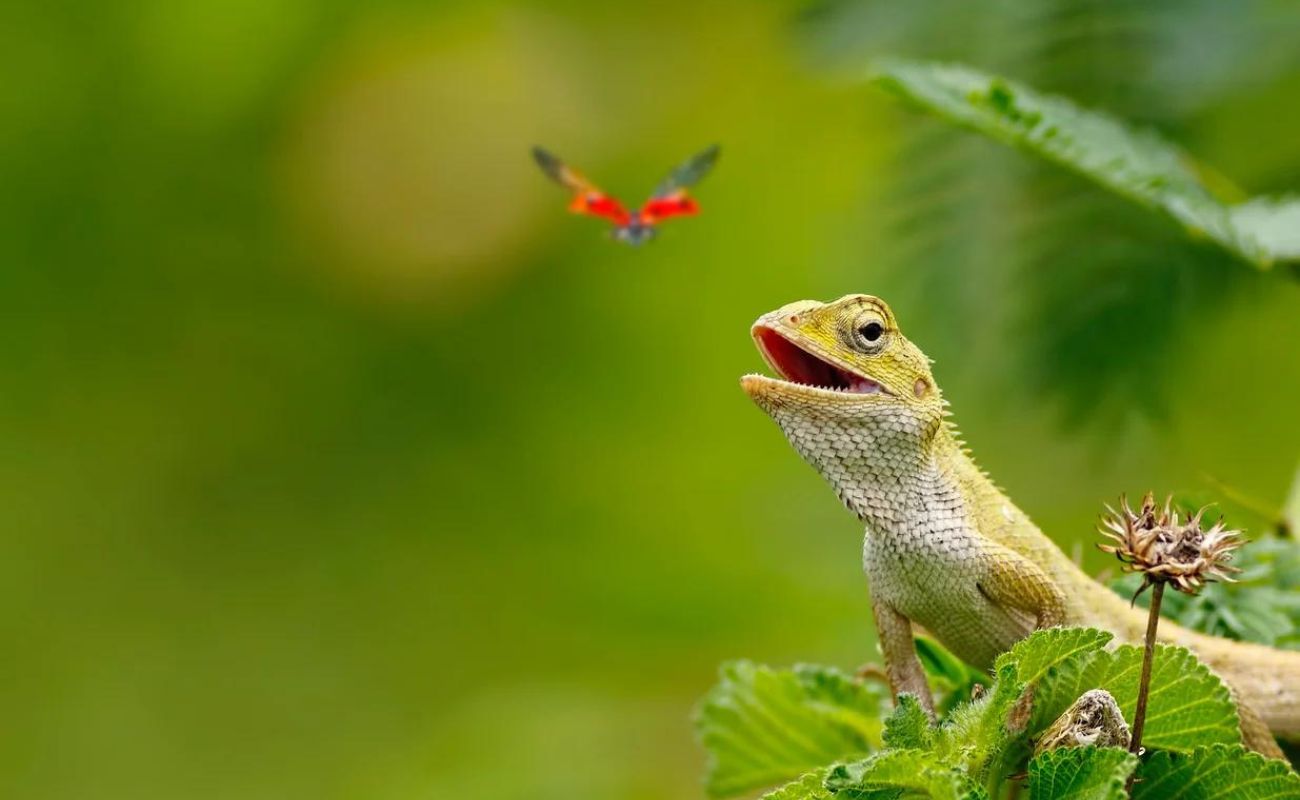
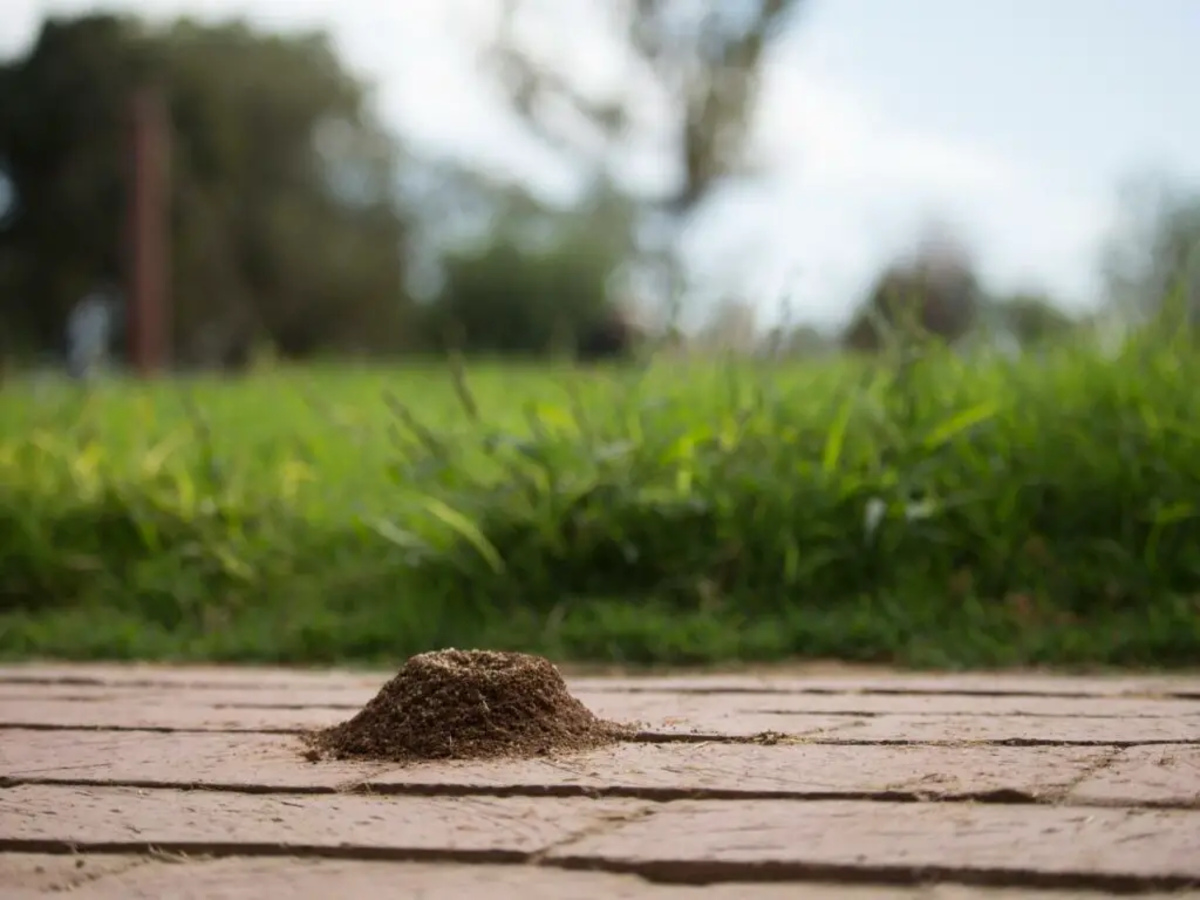

0 thoughts on “How To Get Rid Of Flies On A Patio”